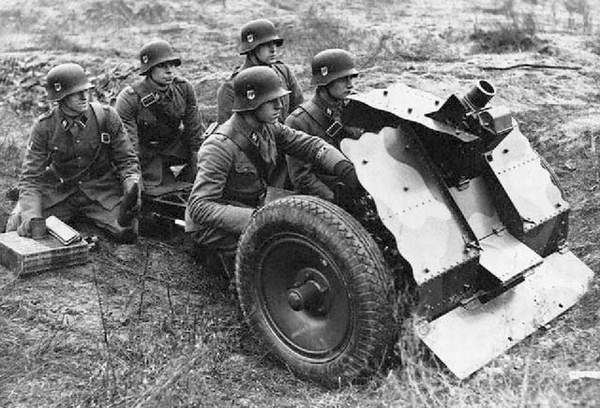
Historically, one of the challenges of modern combat has been in providing responsive, on-call, direct fire support for infantry. The U.S. armed forces have traditionally excelled in providing fire support for their ground combat maneuver elements, but recent changes have apparently caused concern that this will continue to be the case in the future.
Case in point is the U.S. Army’s Mobile Protected Firepower (MPF) program. The MPF seems to reflect concern by the U.S. Army that future combat environments will inhibit the capabilities of heavy artillery and air support systems tasked with providing fire support for infantry units. As Breaking Defense describes it,
“Our near-peers have sought to catch up with us,” said Fort Benning commander Maj. Gen. Eric Wesley, using Pentagon code for China and Russia. These sophisticated nation-states — and countries buying their hardware, like Iran — are developing so-called Anti-Access/Area Denial (A2/AD): layered defenses of long-range sensors and missiles to keep US airpower and ships at a distance (anti-access), plus anti-tank weapons, mines, and roadside bombs to decimate ground troops who get close (area denial).
The Army’s Maneuver Center of Excellence at Ft. Benning, Georgia is the proponent for development of a new lightly-armored, tracked vehicle mounting a 105mm or 120mm gun. According to the National Interest, the goal of the MPF program is
… to provide a company of vehicles—which the Army adamantly does not want to refer to as light tanks—to brigades from the 82nd Airborne Division or 10th Mountain Division that can provide heavy fire support to those infantry units. The new vehicle, which is scheduled to enter into full-scale engineering and manufacturing development in 2019—with fielding tentatively scheduled for around 2022—would be similar in concept to the M551 Sheridan light tank. The Sheridan used to be operated the Army’s airborne units unit until 1996, but was retired without replacement. (Emphasis added)
As Chris recently pointed out, General Dynamics Land Systems has developed a prototype it calls the Griffin. BAE Systems has also pitched its XM8 Armored Gun System, developed in the 1990s.
The development of a dedicated, direct fire support weapon for line infantry can be seen as something of an anachronism. During World War I, German infantrymen sought alternatives to relying on heavy artillery support that was under the control of higher headquarters and often slow or unresponsive to tactical situations on the battlefield. They developed an expedient called the “infantry gun” (Infanteriegeschütz) by stripping down captured Russian 76.2mm field guns for direct use against enemy infantry, fortifications, and machine guns. Other armies imitated the Germans, but between the wars, the German Army was only one to develop 75mm and 150mm wheeled guns of its own dedicated specifically to infantry combat support.
The Germans were also the first to develop versions mounted on tracked, armored chassis, called “assault guns” (Sturmgeschütz). During World War II, the Germans often pressed their lightly armored assault guns into duty as ersatz tanks to compensate for insufficient numbers of actual tanks. (The apparently irresistible lure to use anything that looks like a tank as a tank also afflicted the World War II U.S. tank destroyer as well, yielding results that dissatisfied all concerned.)
Other armies again copied the Germans during the war, but the assault gun concept was largely abandoned afterward. Both the U.S. and the Soviet Union developed vehicles intended to provide gunfire support for airborne infantry, but these were more aptly described as light tanks. The U.S. Army’s last light tank, the M551 Sheridan, was retired in 1996 and not replaced.
It appears that the development of new technology is leading the U.S. Army back to old ideas. Just don’t call them light tanks.
